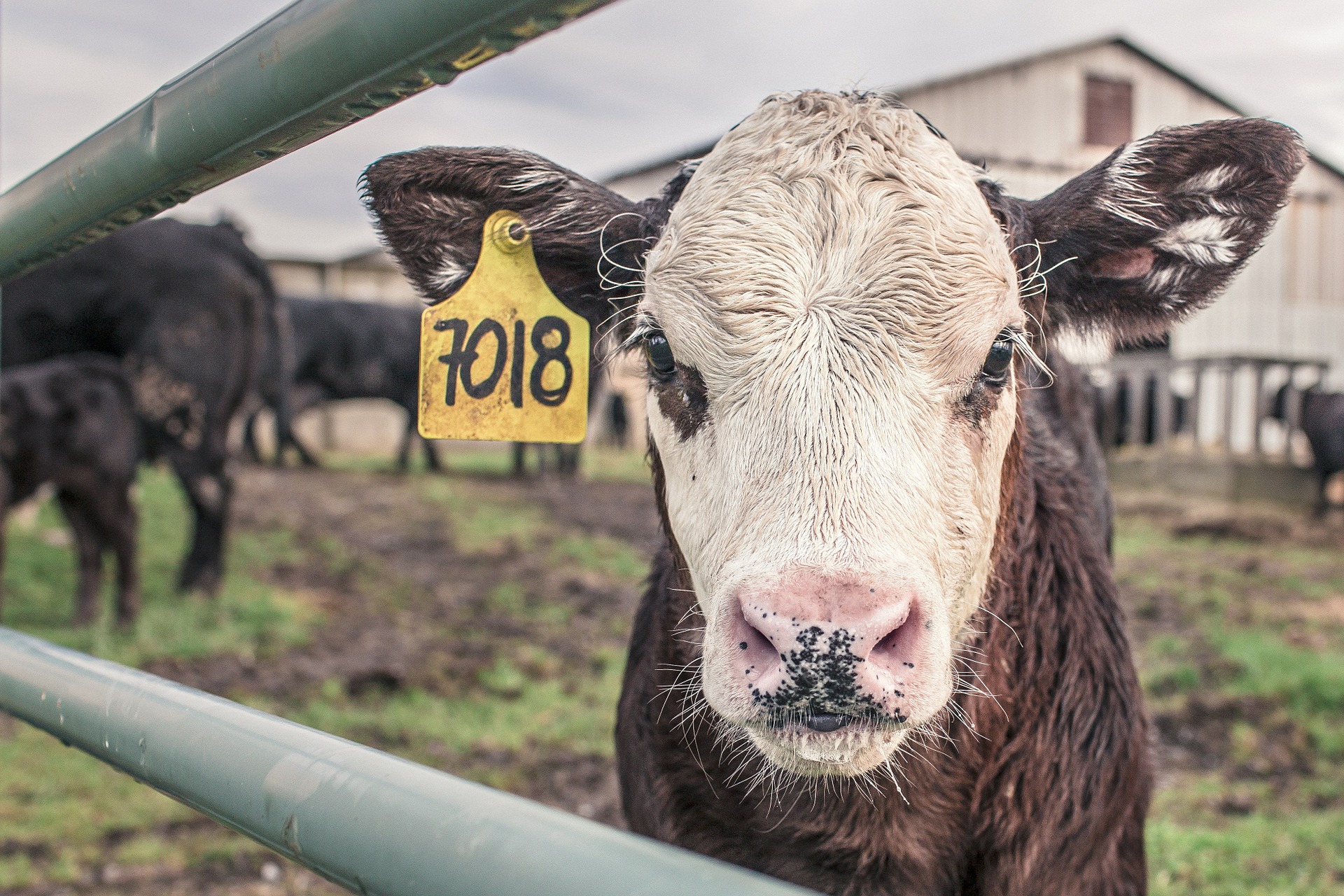If you ask a certain subset of scientists, they will tell you that lab grown meat, also known as cultured meat, is the next big thing.
If you ask my Ryerson University student blogger Chris, he tends to agree.
That’s exactly why we chose to work together on today’s article.
Enjoy it!!
What is “Cultured Meat”?
Also known as clean meat, or lab grown meat, cultured meat is exactly what it sounds like, meat grown and cultured in a lab. Cells are taken from the animal of choice and cultured so that they continue to reproduce outside of the body.
We’ve had early versions of this technology for a while, going so far as successfully growing human organs using a similar method.
Rather than growing life-saving organs, this branch of the technology focuses on growing muscle tissue without needing the rest of the animal.
Why You Should Be Excited
We devote more land and effort to raising livestock than you might think. Farms are of course large and expensive themselves, but factoring in considerations like waste disposal and providing enough food for the livestock we start to see the financial, environmental, and land demands the meat industry puts on us.
It’s now somewhat common knowledge that the dreaded cow fart and manure are a major contributor to worldwide greenhouse gas emissions, but livestock farming is more than just what exits the animal.
This is why an even partial switch from factory farming to cultured meat is projected to have great benefits for the environment.
Of course cultured meat will have its own resource demands and these are just projections, but it’s another weapon in our arsenal against climate change.
Omnivore or vegetarian you’d be hard pressed to find someone who is genuinely happy about the suffering livestock goes through to supply humans with meat.
Eating The Animal While It’s Still Alive?
Cultured chicken was famously consumed while the still living bird that supplied the original cells happily pecked at the dirt nearby.
Currently the growth medium used to nourish the cells in lab is derived from animal serum, but within the last year research has made breakthroughs in finding non-animal alternatives.
Vegetarian/vegan diet adherents aren’t the only ones benefiting, omnivores have a lot to look forward to as well.
There’s only so much sirloin in each cow but eventually we will be able to grow specific cuts, meaning that sirloin steak could potentially be just as affordable as cheaper cuts.
Growing cells in a controlled environment also means avoiding most animal based illnesses.
There are 4 major hurdles standing between slaughter-free meat and your local grocery store:
- Cost of production
- Social acceptance
- Flavor, texture, variety
- Safety and regulation
High production cost has been a boundary since cultured meat first started to become a reality. That cost has dropped drastically in the last 5 years. Where enough meat for a small burger previously cost over $300,000 to produce, it now costs roughly $11.
Just as important to marketability as cost is social acceptance. There is a hesitance toward cultured meat.
Studies into consumer acceptance showed that addressing it as “lab grown meat” returns more negative opinions than addressing it as cultured or clean meat. Opinions toward cultured meat are also more positive the more the person knows about how it is produced.
The popular concern is that cultured meat is “unnatural” and therefor unhealthy.
Acceptance also increased among younger generations and as taste has improved, so the solution may just be time, exposure, and a better product.
But How Does It Taste?
The flavor and texture of meat is complicated.
That’s why a Wagyu cow’s tenderloin tastes different from a dairy cow’s chuck. Because cultured meat only grows muscle tissue it has been a challenge to match the flavor and texture of farm meat cuts.
Progress is being made however.
Memphis Meats, one of several companies developing this technology, has focused on creating different cuts of meat and has been able to produce fish and thin pieces of steak.
Apparently, these steaks don’t taste completely identical to farm steaks, but they’ve been improving.
There’s still a long way to go until we can perfectly replicate every cut within an animal but we’re getting there.
Safety & Regulation
The cultured meat industry will require new regulations and testing before it can see store shelves.
Some have proposed we regulate them similar to GMOs, others have suggested treating them like food additives.
It’s likely we’ll need to re-examine how we see and regulate food to properly integrate cultured meat into our kitchens.
Of course the main point of regulation, and one of the biggest concerns on people’s minds, is safety.
Are cultured meats unsafe to eat in the long term?
As far as we currently know, the answer is no. As it stands there’s no evidence suggesting it is in any way harmful. This isn’t set in stone of course, the common example of cigarettes and how we didn’t realize their health risks for years comes to mind.
In order to prevent a similar misunderstanding cultured meat safety and production will be closely regulated by the FDA and USDA.
It’s still unclear exactly what tests cultured meat will need to go through before its safety is determined, only time will tell.
Final Thoughts
While cultured meat still needs to earn the trust of the public it will be getting its chance sooner rather than later. Mosa Meats is intending to deliver its cultured products to store shelves in 2021. I for one will be biting into one of their burgers first chance I get.
Chris Miller ( Nutrition Student – Primary Author)
Andy De Santis RD MPH ( Oversights/edits)



